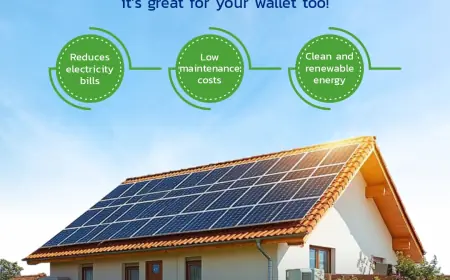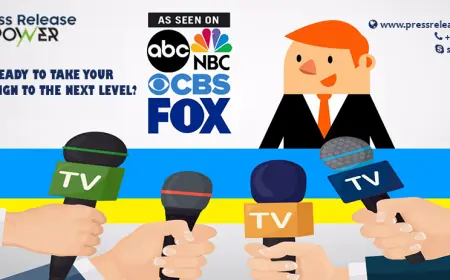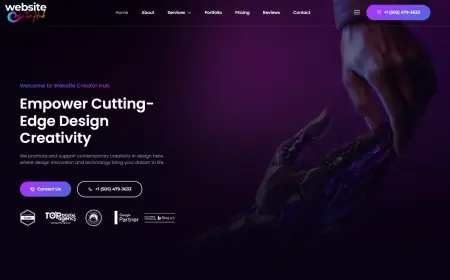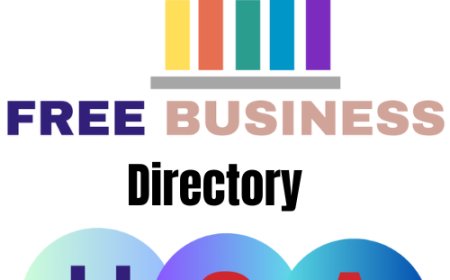The Ultimate Guide to Storefront Signs – Boost Your Business with Eye-Catching Designs
Discover everything you need to know about storefront signs, from design tips to material choices. Learn how effective signs can attract customers, enhance your brand, and boost sales.
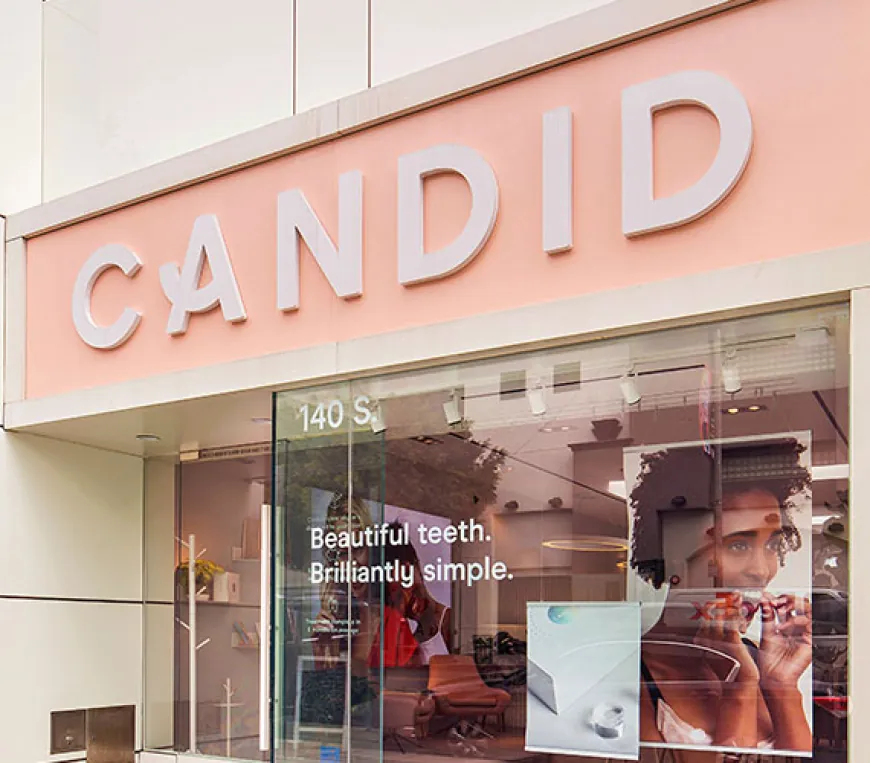
As businesses strive to stand out in a competitive market, storefront signs play a crucial role in catching the attention of potential customers. They are the first impression people have of your business and can be a powerful marketing tool. In this guide, we’ll explore the importance of storefront signs, how to design them effectively, and the various types available to help your business thrive.
Why Storefront Signs Matter
Storefront signs are more than just a way to let people know where your business is located—they communicate your brand, values, and message. The right sign can attract customers, build trust, and even encourage impulse buys. On the flip side, poorly designed or hard-to-read signs can turn customers away or make your business appear unprofessional.
First Impressions Count
A storefront sign is often the first interaction a potential customer has with your business. A well-crafted sign can draw attention, evoke curiosity, and make a memorable impression. In contrast, an unattractive or outdated sign might suggest that your business doesn’t care about details or quality. For a business, the first impression is often a deciding factor in whether someone chooses to enter your store or move on.
Brand Awareness
Your storefront sign is an extension of your brand. It should communicate who you are and what you do, in a way that resonates with your target audience. Colors, fonts, logos, and overall design should all align with your brand’s identity. Consistency in branding builds trust and makes your business more recognizable over time.
Increased Foot Traffic
An eye-catching storefront sign can increase foot traffic by making your business stand out from the competition. Studies have shown that 76% of consumers have entered a store they’ve never been to before simply based on its sign. Additionally, about 68% of consumers believe that the quality of a store’s signage reflects the quality of its products or services.
Cost-Effective Marketing
Unlike many forms of advertising that require recurring costs, a well-designed storefront sign is a one-time investment that can provide returns for years. Once installed, it works 24/7, attracting attention and advertising your business to everyone who passes by. It’s one of the most cost-effective marketing tools available to businesses of any size.
Types of Storefront Signs
There are numerous types of storefront signs to choose from, each with its own set of benefits and best uses. The choice of sign depends on several factors, including your location, the nature of your business, and the impression you want to leave on potential customers. Let’s explore the most popular types.
1. Channel Letters
Channel letter signs are individual three-dimensional letters made of metal or plastic. They are commonly used by businesses that want a clean, professional, and modern look. Channel letters can be illuminated from the inside, making them visible at night.
Pros:
- Highly customizable
- Good for visibility, day and night
- Long-lasting and durable
Best For: Retail stores, restaurants, and any business looking for a sleek, modern sign.
2. Awning Signs
An awning sign is a traditional and charming choice, combining an awning with printed text or graphics. It provides shade and protection for customers while also displaying the name and logo of your business.
Pros:
- Adds character and depth to your storefront
- Can provide shade or shelter for customers
- Can be made from various materials
Best For: Cafes, boutiques, and businesses in historic districts.
3. Blade Signs
Blade signs are perpendicular to the building’s facade, extending out over the sidewalk. They are especially useful in crowded urban areas or shopping districts where foot traffic flows along the sidewalk.
Pros:
- Easy to spot from a distance
- Ideal for busy streets or areas with heavy foot traffic
- Can be designed in various styles
Best For: Bars, shops in busy city areas, and any business that wants to be noticed by people walking past.
4. Monument Signs
Monument signs are typically placed at the entrance to a property or parking lot. They are low to the ground and often made from materials like brick, stone, or metal. These signs give businesses a more established and professional appearance.
Pros:
- Great for visibility from the road
- Sturdy and durable
- Gives a sense of permanence and reliability
Best For: Office buildings, shopping centers, and large businesses with outdoor space.
5. Window Graphics
Window graphics are vinyl decals or stickers applied to storefront windows. They can be used to display logos, store hours, promotional messages, or decorative designs. These are an affordable and flexible signage option.
Pros:
- Customizable and easily changeable
- Cost-effective
- Doesn’t require additional space outside the store
Best For: Small businesses, seasonal promotions, and stores with large windows.
How to Design an Effective Storefront Sign
Creating an effective storefront sign involves more than just slapping your logo on a board. The design process should be thoughtful and aligned with your overall brand identity. Here are some key considerations when designing your sign.
1. Readability
Your sign should be easy to read from a distance. This means choosing fonts that are clear and legible, avoiding overly complex designs, and ensuring that the size of the text is large enough to be seen from a reasonable distance.
Tip: A general rule of thumb is that for every 10 feet away, your letters should be at least 1 inch tall.
2. Color Contrast
Colors play a significant role in the readability and effectiveness of your sign. High-contrast color combinations, like black on white or yellow on blue, are easier to read than low-contrast combinations like gray on black. Additionally, colors can evoke emotions and set the tone for your business.
Tip: Stick to your brand colors, but ensure that there is enough contrast between the background and the text to make it stand out.
3. Illumination
If your business operates at night, or if you want your sign to be visible after dark, consider adding lighting. Illuminated signs, such as channel letters or neon signs, can help attract customers when it’s dark. Lighting can also be used to highlight specific features of your sign.
Tip: LED lighting is energy-efficient and long-lasting, making it a great choice for illuminated signs.
4. Material Selection
The material you choose for your storefront sign will affect its durability, appearance, and cost. Common materials include:
- Acrylic: Lightweight and durable, great for illuminated signs.
- Aluminum: Rust-resistant and weatherproof, suitable for outdoor use.
- Wood: Offers a rustic, classic look, but may require more maintenance.
- PVC: Affordable and versatile, often used for temporary or promotional signs.
Tip: Consider the local climate and location when choosing materials. For example, businesses in coastal areas should choose rust-resistant materials due to exposure to salt air.
5. Size and Placement
The size and placement of your sign are crucial for visibility. It should be large enough to be seen from a distance but not so big that it overwhelms the space. Ensure that it’s placed in a location where it won’t be obstructed by trees, buildings, or other signs.
Tip: Check local zoning regulations, as some areas have restrictions on the size and type of signs allowed.
Storefront Signs and Legal Considerations
Before installing a storefront sign, you’ll need to check with local authorities to ensure that your sign complies with zoning laws and building codes. Some cities and municipalities have strict regulations regarding the size, height, and illumination of signs. You may also need to obtain permits before installation.
Failure to comply with these regulations can result in fines, or you may be required to remove or alter the sign. It's always a good idea to work with a professional sign company that understands local rules and can help guide you through the permitting process.
Maintaining Your Storefront Sign
Once your sign is installed, regular maintenance is key to keeping it looking fresh and professional. Signs that are faded, broken, or dirty can give a negative impression of your business.
1. Cleaning
Depending on the material, your sign may need regular cleaning to remove dirt, grime, or bird droppings. For most signs, a simple solution of water and mild soap is sufficient. Avoid using harsh chemicals, which can damage the sign’s surface.
2. Lighting Maintenance
If your sign is illuminated, periodically check the lighting to ensure all bulbs are working. Burned-out bulbs or flickering lights can make your sign look unprofessional and may turn customers away.
3. Repairs
Over time, weather and wear can take a toll on your sign. Regularly inspect your sign for any damage, such as cracks, peeling paint, or rust, and repair these issues promptly.
The Future of Storefront Signs – Digital and Interactive Trends
As technology continues to evolve, so do storefront signs. Digital signage is becoming increasingly popular, allowing businesses to display dynamic content such as videos, promotions, and even live social media feeds. These signs can be updated remotely, making them highly flexible and cost-effective in the long run.
Interactive signs, which respond to motion or touch, are another emerging trend. These can engage customers in new and exciting ways, providing a memorable experience and encouraging social media shares.
Conclusion
Storefront signs are an essential part of any business’s branding and marketing strategy. A well-designed sign not only attracts customers but also communicates your brand’s values and message. By choosing the right type of sign, focusing on key design elements, and maintaining it properly, you can create a lasting impression that drives traffic and boosts sales.
Whether you opt for traditional channel letters, a charming awning, or cutting-edge digital signage, your storefront sign is an investment that can pay dividends for years to come.
FAQs
-
What is the best material for storefront signs? The best material depends on your location and needs. Aluminum and acrylic are popular for their durability and resistance to weather, while wood offers a classic, rustic look but may require more maintenance.
-
How much does a storefront sign cost? The cost varies based on the size, material, and complexity of the design. Simple signs may start around $500, while more elaborate, illuminated signs can cost several thousand dollars.
-
Do I need a permit for my storefront sign? Yes, most municipalities require permits for storefront signs. Check with your local government for specific regulations and restrictions in your area.
-
Can I change my storefront sign design later? Yes, storefront signs can be updated or replaced as needed. Some signs, like window graphics or vinyl decals, are easier to change than others, such as monument signs.
-
What are the advantages of illuminated storefront signs? Illuminated signs offer increased visibility at night and in low-light conditions. They help attract attention around the clock and are particularly useful for businesses that operate during evening hours.
What's Your Reaction?
 Like
0
Like
0
 Dislike
0
Dislike
0
 Love
0
Love
0
 Funny
0
Funny
0
 Angry
0
Angry
0
 Sad
0
Sad
0
 Wow
0
Wow
0



